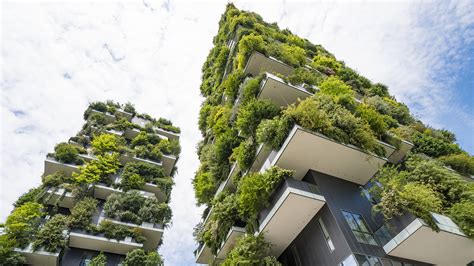Architecting Your Legacy: Building a Sustainable Practice
For architects, the pursuit of aesthetically pleasing and functional buildings is only half the equation. The other, equally crucial, half is building a sustainable practice – one that thrives not just today, but for generations to come. This involves more than just designing green buildings; it's about cultivating a resilient and adaptable business model, fostering a positive work culture, and leaving a lasting positive impact on the profession.
What Does a Sustainable Architectural Practice Look Like?
A sustainable architectural practice goes beyond LEED certifications and eco-friendly materials. It encompasses a holistic approach, considering environmental, social, and economic factors. This includes:
-
Environmental Sustainability: Minimizing the environmental footprint through efficient design, material selection, and construction methods. This involves embracing passive design strategies, utilizing renewable resources, and promoting energy efficiency in the built environment.
-
Social Sustainability: Creating positive impacts on the community through inclusive design, accessibility, and fostering a sense of place. It also involves creating a positive and equitable work environment for employees.
-
Economic Sustainability: Building a financially viable practice that can weather economic downturns and ensure long-term growth. This involves efficient project management, strategic financial planning, and a focus on client relationships.
How to Build a Sustainable Architectural Practice: Key Strategies
Building a sustainable practice requires a proactive and multifaceted approach. Here are some key strategies:
1. Embracing Sustainable Design Principles:
This is the cornerstone of a sustainable practice. It goes beyond simply meeting building codes; it's about proactively incorporating sustainable design principles throughout the entire design process, from initial concept to completion. This includes:
- Passive Design: Utilizing natural light, ventilation, and shading to minimize energy consumption.
- Material Selection: Choosing locally sourced, sustainable, and recycled materials to reduce embodied carbon.
- Energy Efficiency: Designing buildings with high energy performance, incorporating renewable energy sources like solar panels.
- Water Conservation: Implementing water-efficient fixtures and landscaping strategies.
2. Cultivating a Positive Work Culture:
A sustainable practice needs a sustainable team. Prioritize employee well-being, fostering a collaborative and supportive environment. This includes:
- Work-Life Balance: Offering flexible work arrangements and promoting a healthy work-life balance.
- Professional Development: Providing opportunities for training and advancement to keep employees engaged and motivated.
- Mentorship Programs: Creating mentorship opportunities to foster knowledge transfer and career growth.
3. Building Strong Client Relationships:
Client relationships are crucial for long-term success. Focus on building trust and transparency, ensuring clear communication and collaborative design processes. This involves:
- Open Communication: Keeping clients informed throughout the project lifecycle.
- Collaborative Design: Engaging clients actively in the design process to ensure their needs and vision are met.
- Post-Occupancy Evaluation: Following up with clients after project completion to assess performance and gather feedback.
4. Implementing Efficient Business Practices:
Effective business management is essential for economic sustainability. This includes:
- Project Management: Utilizing efficient project management software and techniques to streamline workflows.
- Financial Planning: Developing a robust financial plan that anticipates potential challenges.
- Marketing and Networking: Actively promoting your services and building relationships with potential clients.
5. Embracing Technological Advancements:
Technology plays a vital role in both design and business operations. Staying updated with the latest software and technologies can improve efficiency and sustainability. This includes:
- Building Information Modeling (BIM): Using BIM to improve design coordination, reduce waste, and enhance sustainability analysis.
- Digital Fabrication: Exploring digital fabrication techniques to create innovative and sustainable designs.
- Energy Modeling Software: Utilizing energy modeling software to optimize energy performance.
What are the benefits of a sustainable architectural practice?
The benefits of adopting a sustainable approach extend far beyond environmental concerns. A sustainable practice enhances reputation, attracts talent, and contributes to a more equitable and resilient future for the profession.
How can I measure the success of my sustainable architectural practice?
Measuring success involves tracking key performance indicators (KPIs) across environmental, social, and economic dimensions. This might include LEED certifications, employee satisfaction scores, client retention rates, and financial performance.
By embracing these strategies, architects can build practices that are not only successful but also contribute to a more sustainable and equitable future for the built environment and the profession as a whole. Architecting your legacy means creating a practice that leaves a positive mark on the world – a legacy that extends far beyond the buildings themselves.

